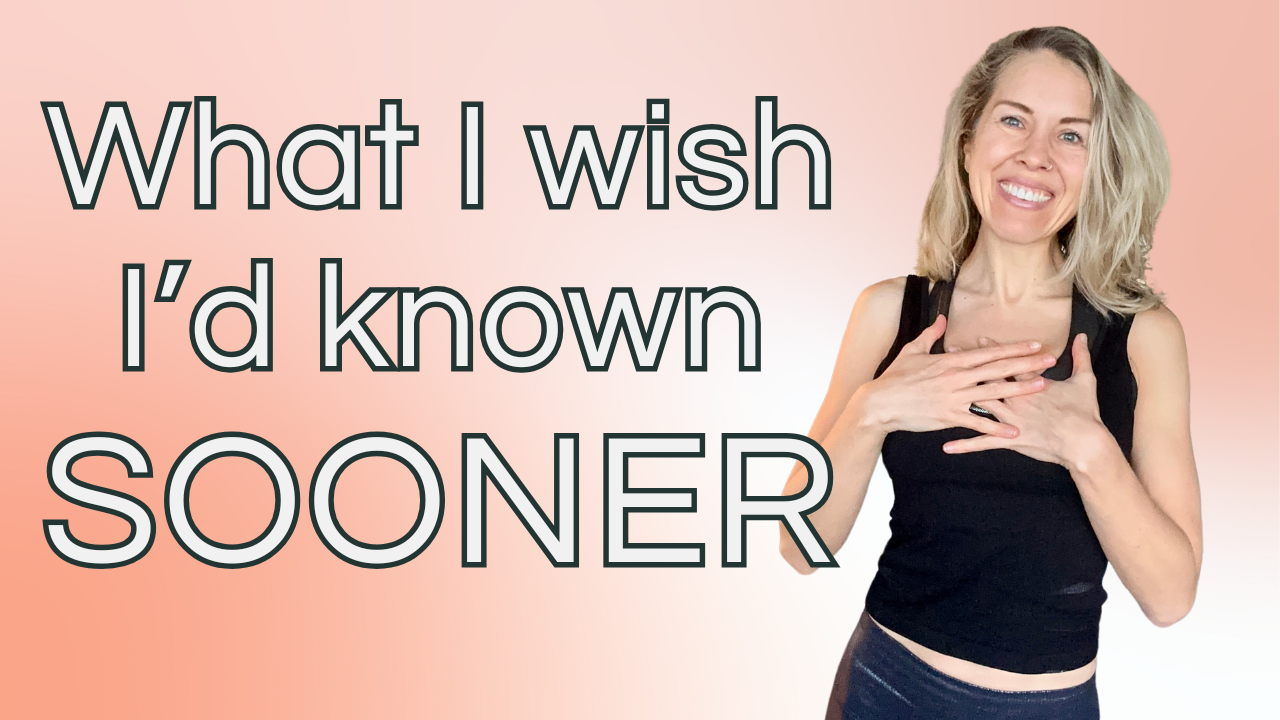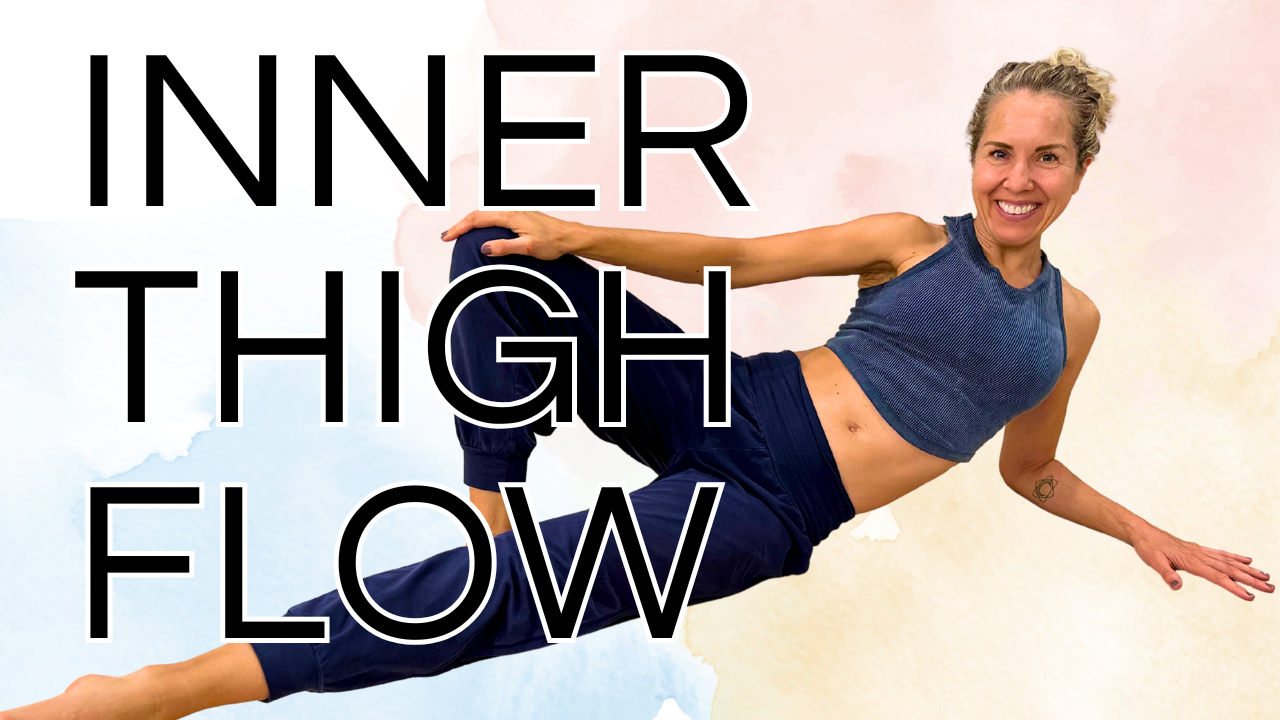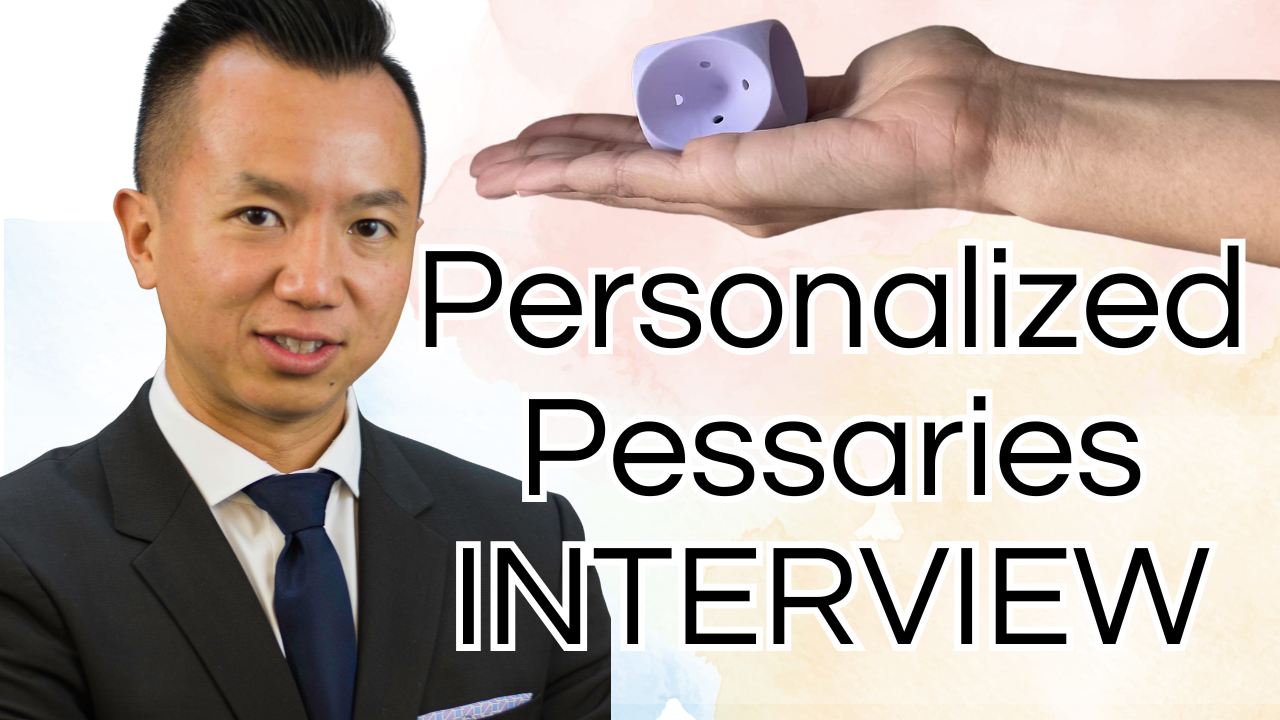Pelvic Pain in Women: Laura's Story
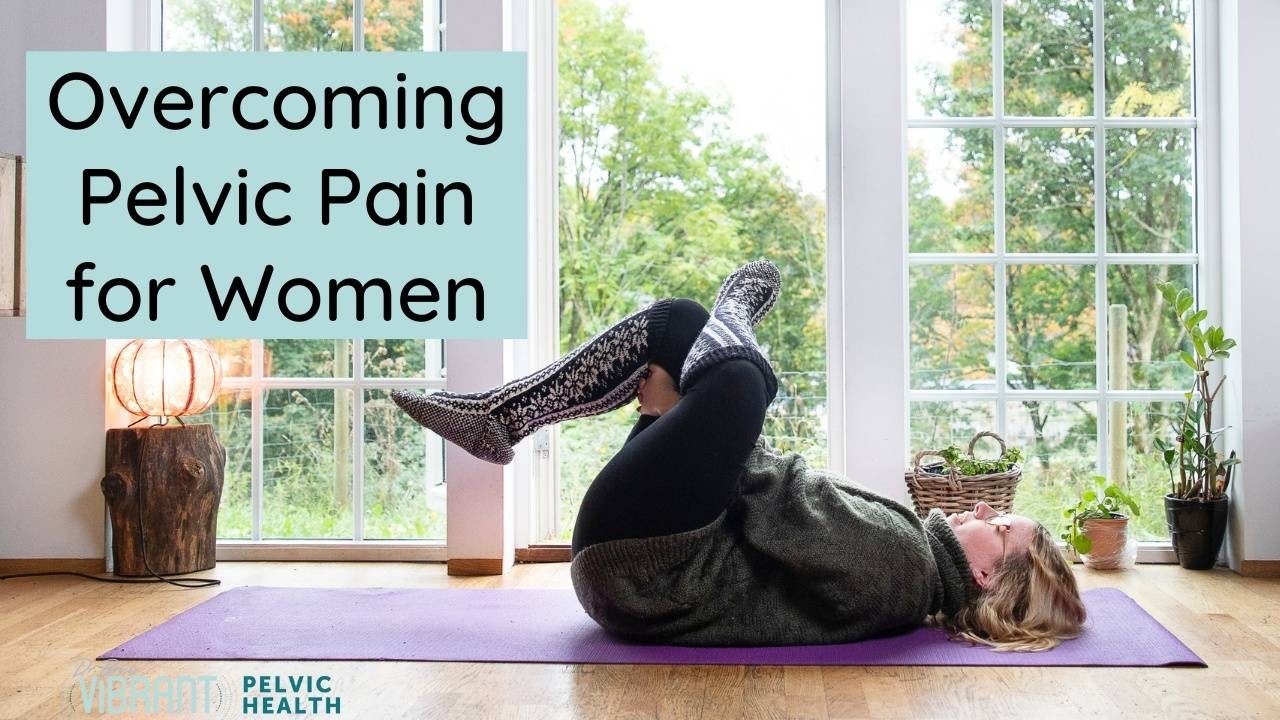
Pelvic pain in women is an under-discussed and under-treated health concern. Many women deal with pelvic pain during sex, chronic irritation in the bladder area, and even vaginal muscle spasms, often without knowing that there's HELP. I heard Laura's story about pelvic pain when she reached out to let me know that my stretching and relaxation exercises had helped resolve her chronic pelvic pain and tension, which she’d been dealing with for 15 years. I knew her story would inspire other women who are on a similar journey, so I asked Laura if she would consent to an interview in celebration of my new program, Overcome Pelvic Pain for Women.
Listen to our conversation here, or read on for a transcript of our conversation (plus beautiful images of Laura at her home in Norway).
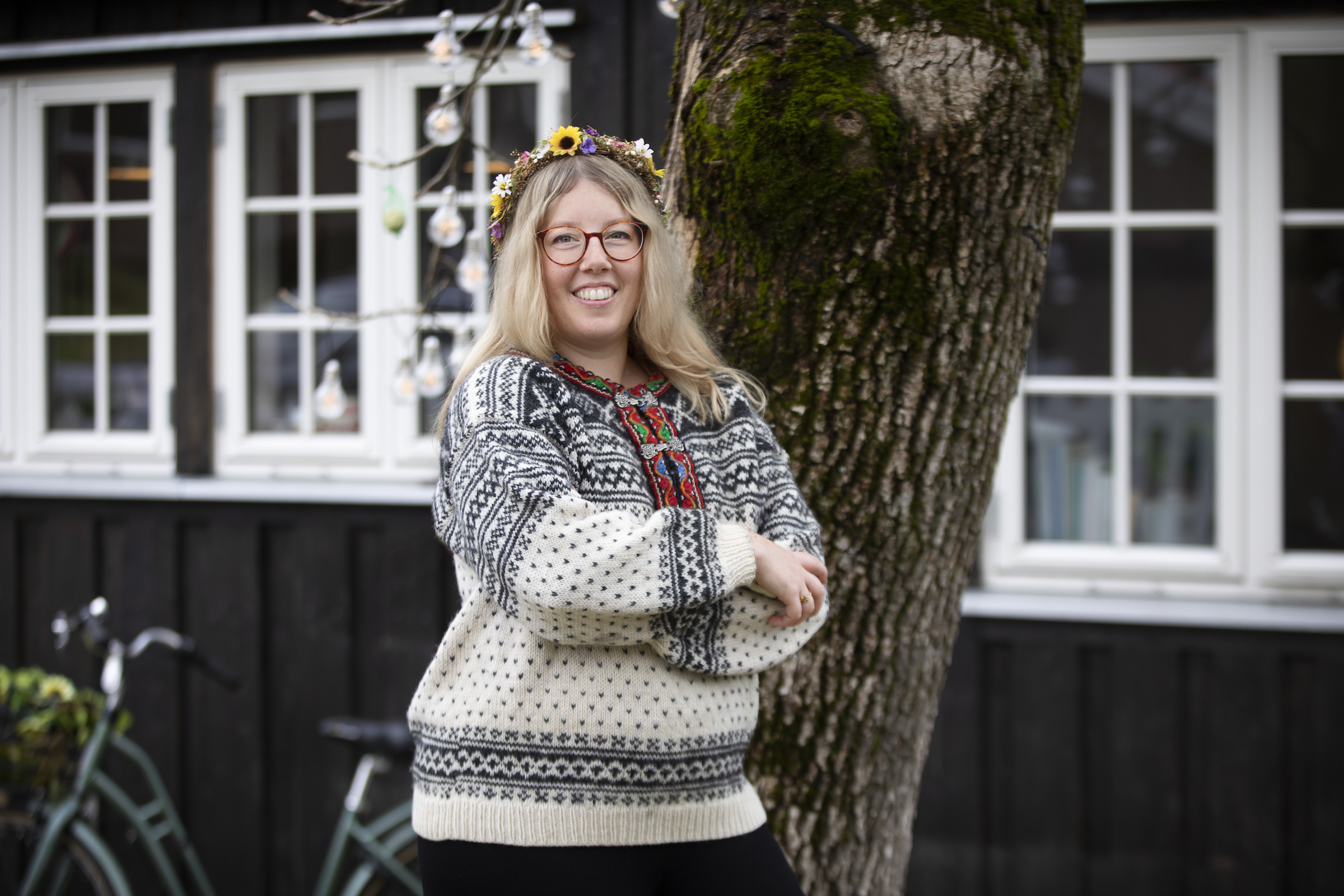
Laura S., a true pelvic pain overcomer, at her home in Norway. Photo credit: Ingar Sørensen
Transcript: Laura’s Story
Dr. Bri:
Hello, my friends. I have with me a very, very special guest today. Her name is Laura, and Laura is somebody who reached out to me a while ago, and then again recently with an update. She wanted to share with me about her healing journey, as far as pelvic pain and recovery from pelvic pain. And we wanted to share this story with you today simply to give you hope if you are going through something similar.
So Laura has been through quite an up and down long journey, and I'm going to let her dive in and share more. Laura, thank you so much for being with me today. Please just share with us a little bit about where you started. I know when you told me your full story, gosh, it's been a long time that you've been dealing with it.
Laura:
Yeah, it's true. So my story, I'll just start with my age. I'm 34 now. And it all started when I was around 19 when I started getting what's called cystitis attacks. So really, really painful infections. And I got yeast infections all the time and I would have a massive amount of tension in my pelvic area. It got to the point that I just couldn't almost live a normal life anymore, I was just always in pain. I was hurting. And then I didn't know if I could go out that evening because maybe I would have a flare-up and then I would get stressed about it. I would enter kind of a loop of a mental pattern where I would get stressed about it, and then almost create a symptom and have the physical pain.
Laura:
At the time I lived in Italy, and what I was told is, “try this, just take a medicine, take an antibiotic.”
So for me, it had always been medicine, antibiotics, every three months (more or less). And it got to the point where I really was just in pain. I didn't have any good stomach bacteria anymore. And it was really hopeless. I just felt completely hopeless because it had been years and years and years. Nobody ever told me to look into the pelvic area, look into any holistic help, or any sort of exercise to do. So it was a long, long time. And then at one point I just got sick of it and I was just like, okay, now I have to try something else. I went to an osteopath one day and the first thing he told me was, "Oh, you have some tension in your pelvic area. Maybe you need to look into that."
Antibiotics Don't Always Work for Pelvic Pain
Pelvic Tension Might Actually Be the Problem
Laura:
That rang a bell. And I was like, oh, okay. I don't know anything about the pelvic area. So I'm going to just try Googling and see if I find anything about it. And then I came across the videos of Dr. Bri. I saw some other videos, but it wasn't the same effect that I had with your videos. Because you can tell that you know what you're talking about and you understand what's going on and you explain things in the videos. I tried one just to see how it went. It was called a pelvic discomfort release or something like that. I don't remember the exact title, but it was a really short 20-minute one, and it was really easy to follow. I just did it one time. And after that one time, I felt so much better. It was just some basic stretches, like the frog stretch and the windshield wipers as you call them, and things. I got to the point where I did it so many times that I started memorizing the exercises.
Laura S., a true pelvic pain overcomer, at her home in Norway. Photo credit: Ingar Sørensen
Laura:
I progressed to your other videos. I tried all of the pelvic release stretches, and it just helped so much. I haven't had to take any medicine for maybe a year now, because I started about a year and a half ago. I don't get any attacks. I feel so much better in my daily life. And also just the fact that you understand what people are going through and explain to them what the exercise do, it makes me also want to learn more about it. So it wasn't someone just telling me to "do the exercise," but it was "you're doing it like this, because this will happen. And it will help you with this, and try this thing here specifically..." and all of them helped, you know?
Laura:
And I really lead a much happier life now, basically.

Laura S., a true pelvic pain overcomer, at her home in Norway. Photo credit: Ingar Sørensen
Dr. Bri:
That's amazing. I wanted to ask, what are some of the different things that you've noticed since having this decrease in pain? How has your life changed?
Laura:
Yeah, it's changed as I don't fear just normal things. I can go to work and I can go out a bit and I can just have a normal life where I don't have to think, "oh my God, am I going to have a flare up now? Is my pelvic going to get all tense?"
And I also have, I know I have a backup, I have something that can help me, which is the main thing. I know that if something [pain] would be there, I can put on a video or just by memory because by now I memorized a lot of the exercises. And because of doing that, then I know it works and it'll help me. So it's also on a mental level. It really helps to know that I have that as support.
Dr. Bri:
I love that, and it's all-natural. That's one thing that really spoke to me about your story is that you said you'd been on all of these antibiotics, and of course antibiotics are sometimes necessary. Absolutely. But sometimes, unfortunately, it happens — like it sounds like happened to you — where they're just given out like candy. And that really can mess with your gut health over time.
Laura:
It does, it does. And it was really frustrating because I would just go to the doctor. And again, I have a little bit of a beef with women's health and how it's handled. I think it's getting a little bit better these days, but in all my years I was never told [about pelvic tension], it was just written off as some infection, and then all my tests came out normal, and then they would just hand me another antibiotic and say "try this." It wasn't ever connected to women's health, or try some yoga, or try checking your pelvic area or anything like that. It was only recently that that happened.
Dr. Bri:
That's unfortunate. I do think, like you said, that things are getting better, but it's hard to find someone who really looks at the whole picture. There’s often a very piecemeal approach in the medical system. So good job figuring the information out for yourself. I did want to ask, is there anything else that you brought in besides the stretching? Did you do any trigger point work or self-massage or anything like that? Just out of curiosity.
Laura:
Yes, I try to do those. I haven't done them so much because I focus now a lot on just the pelvic release part, but I have tried a few of those and I've tried a few breathing, just slowing down and breathing and relaxation in that sense of your videos always. And that also helps a lot. I can't even explain the difference of not having to go to the doctor all the time, not getting the medicine all the time, and not feeling ill.
Laura:
Just being able to put on a video and knowing that they will help — it's just such a relief and it just changed my life. It did. So that's why I reached out to you, I just decided to write one day and I was like, oh, thank you so much. [ [crosstalk 00:07:35]
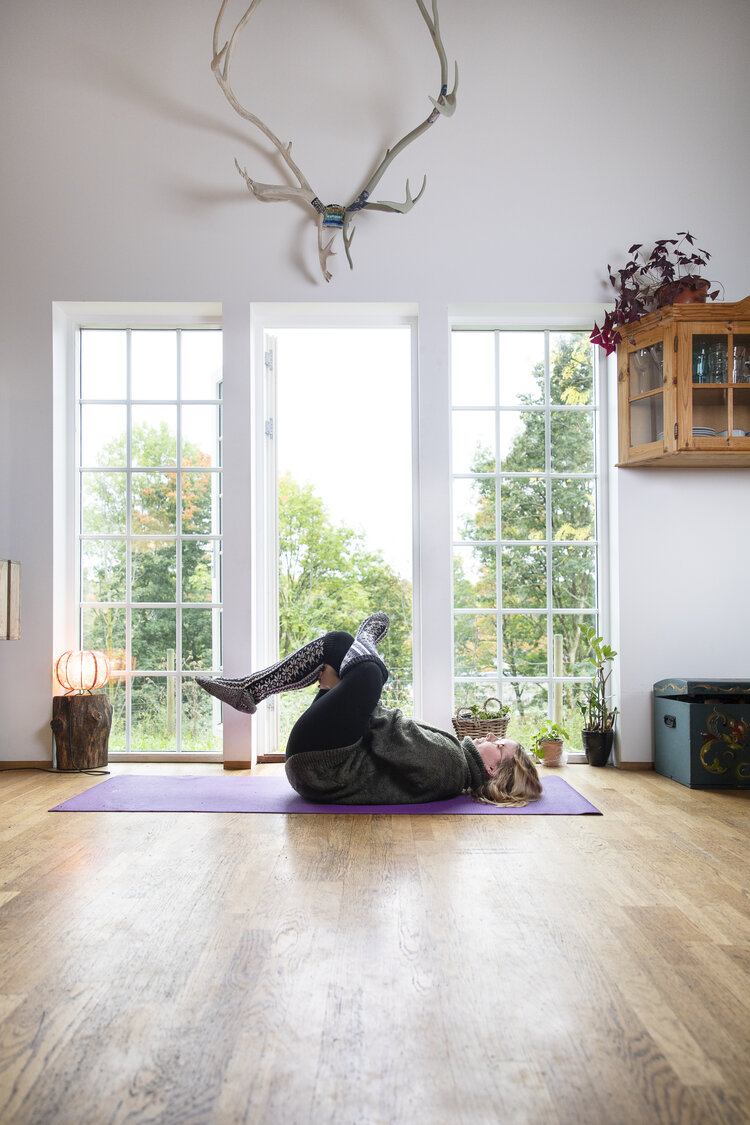
Laura S., a true pelvic pain overcomer, at her home in Norway. Photo credit: Ingar Sørensen
Dr. Bri:
When I read your story, it meant so much to me. I really, really just want to give you a hug right now, but it really does.
Laura:
Hugging is not allowed these days. [laughter]
Dr. Bri:
Yeah. I know. Unfortunately, in this time of COVID. One other thing I want to ask you is, did you start strengthening [your core/pelvic floor] or have you started strengthening and incorporating that into your life? I think you mentioned that you have.
Laura:
Strengthening exercises?
Dr. Bri:
Yeah. For the core for the pelvic floor, that kind of thing.
Laura:
Yes, yes, yes, yes. And again, I mean, you have such a huge range of videos that it's really good if you can just progress slowly. So it just started with me never having ever tried any sort of exercise in terms of stretching or yoga. And then you just gradually understand how it works and you get to a point where you get the release, but then you can progress to something else. And then I've tried other, more difficult exercises and you feel like you can do them after. You don't feel like you're going to be in pain or that you're too weak to do them. So it's definitely a progression. It really helps.
Dr. Bri:
Exactly, perfectly said. And that's what I really try to promote in the work that I do online. And then also in the new program, Overcome Pelvic Pain for Women. We start with a very gentle release. And then we very gradually work in the strengthening, so that people can develop that coordination and control, but it's super, super gradual, because I don't want to jump into anything.
The last question I had for you, is what is your go-to move for if you happen to start feeling a flare come one or you're like, “ooh, I think maybe I pushed it too hard.”
Laura:
Yeah. Okay. So I usually do frog stretch I think works really well.
Dr. Bri:
Yeah, I love frog stretch.
Laura:
Yeah. And then happy baby. And then I have, you call it stirring the pot, but I don't know the actual name.
Dr. Bri:
I don't either. Stirring the pot is perfect.
Laura:
So that one. Stirring the pot. It's basically the ones from the very first video that I tried. I don't know if it's more because I know it works, so I just repeat those, and I have those three or four exercises. And also puppy pose is good. And child's pose. Anything that opens and stretches. They're just so easy to do and you can do them anywhere.
Last year I was in China for work, and it was a bit of a stressful situation. So I did have flare-ups there because it was a little bit tense and out of my ordinary way of living. And so then in the hotel room in the evening, I would just do those five exercises a bit on repeat and then have the release, and then just feel good and ready for the next day. So it really, really helped a lot also just to know that it works and that you can do them anywhere.
Dr. Bri:
Yeah. Yeah. For sure. I love that you've identified that ultimately, having some of these tools has helped you be able to be more successful at work, have fewer gut issues, fewer trips to the doctor, all of these really major issues. It doesn't seem like just a few stretches could do all that, but it can.
Laura:
Yeah. I would have never thought so, so I was really skeptical of course. But I really honestly had results from the very first time, and then it's a matter of sticking to it, but you want to stick to it because you know that you're doing something good for yourself and you know that it can change how you live your life. And then you just live things with less fear and less fear of having flare-ups and pains and tension, and you know you can do something about it without having to pop a pill.
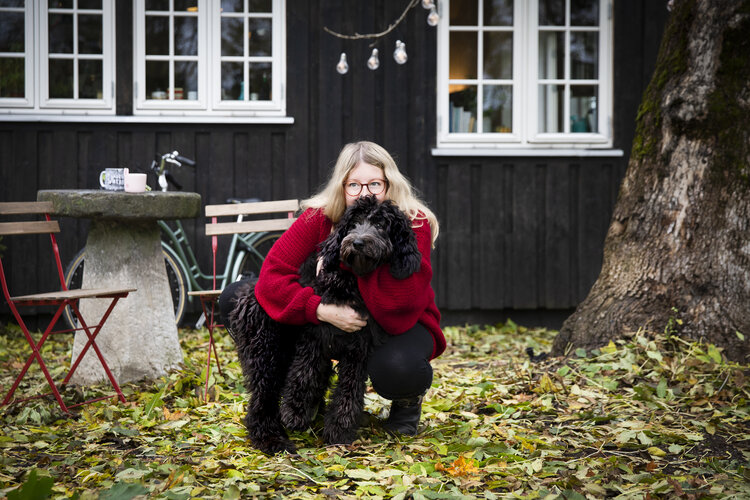
Laura S., a true pelvic pain overcomer, at her home in Norway. Photo credit: Ingar Sørensen
Dr. Bri:
Yeah, exactly. That's amazing. I guess I do have another question... Do you have a technique or a tip for helping people stick to it and be consistent? I'm always curious.
Laura:
For me, I'm really horrible at being consistent, especially with exercise. I find it so hard. But when it's something that really affects you on a personal level and on a daily level, and then you do these and you feel better and you start thinking, "okay, well I can do this, and maybe I can do something else." And then just slowly progress. And then you start eating also a bit better. And then it's just this whole circle that comes together and just gives you a different lifestyle.
Laura:
And it's just the fact that it works is the way that I stuck to it, because I don't have any tricks or anything. I'm not the type that... I didn't schedule five days a week I have to do it. Every day I'll take like half an hour of my time in the evening and just go into a room, dim the lights, put on some essential oils and put on the video and just have that time for myself. And then just create a bit of a spa moment. So that helped, because it didn't feel like work. It didn't feel like an obligation. It felt like something pleasurable and something that will help me. And that's how it stuck for over a year now, which I almost never have done in my life with any exercise or something.
Dr. Bri:
I love that. That's so beautifully said. And it seems like once you start seeing that, “oh, this actually feels good,” it doesn't have to be like a chore anymore. And I really love how one thing snowballed into the next. I found that for many people, once they start up-leveling in one area of their life, it spills over into other areas.
Laura:
Yeah, it does. It does. It makes you want to try. Yeah, yeah, yeah, exactly.
Laura:
And it's not an effort. It's not a job.
Dr. Bri:
Thank you so much. Is there anything you would tell anyone who has pelvic tension, anything like that? What would you like to leave people with?
Laura:
Yeah, I would just say "I feel you and I hear you." And I know the pain, and I know it was just so unbearable sometimes. You just think that you just can't do anything about it, but there is hope. And I honestly think that the videos that you have are just amazing and then you just want to stick to it and it just works and it just helps. And it's just great. I don't normally gush about these kinds of things or anything, or I don't really follow YouTube at all, but I swear, I just want to go on YouTube to watch these videos. I mean, I'm being super honest, and that's all, and that's all you have to do. And then you just live a good life. So that's all I have now.
Laura S., a true pelvic pain overcomer, at her home in Norway. Photo credit: Ingar Sørensen
Dr. Bri:
So beautiful. Laura, thank you so much.
Laura:
Thank you.
Dr. Bri:
It's really a pleasure and just such a pleasure to see you make a change in this way.
Learn more about Overcome Pelvic Pain for Women:
Overcome Pelvic Pain
Does your pelvic floor need help?
Many women think they just need live with the changes they’re experiencing
“down there,” but this is NOT the case. Take the short quiz to find out if you have issues that can be solved naturally.





